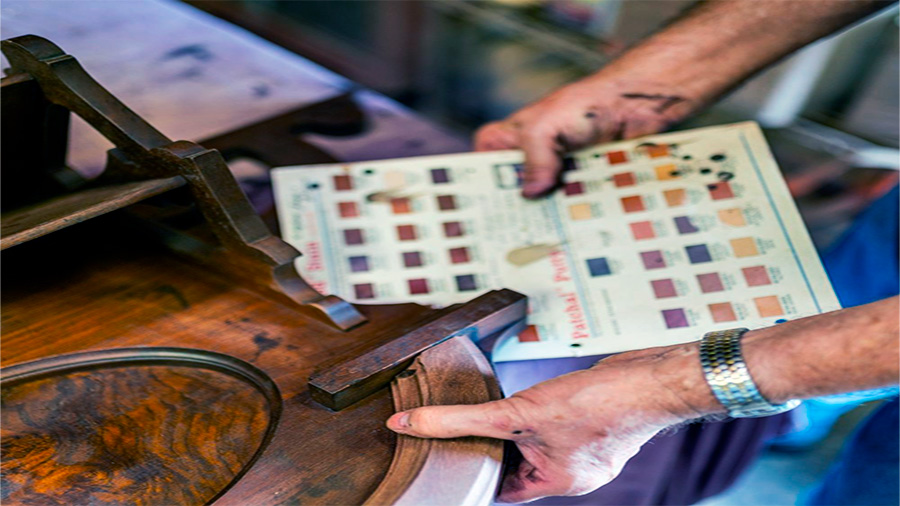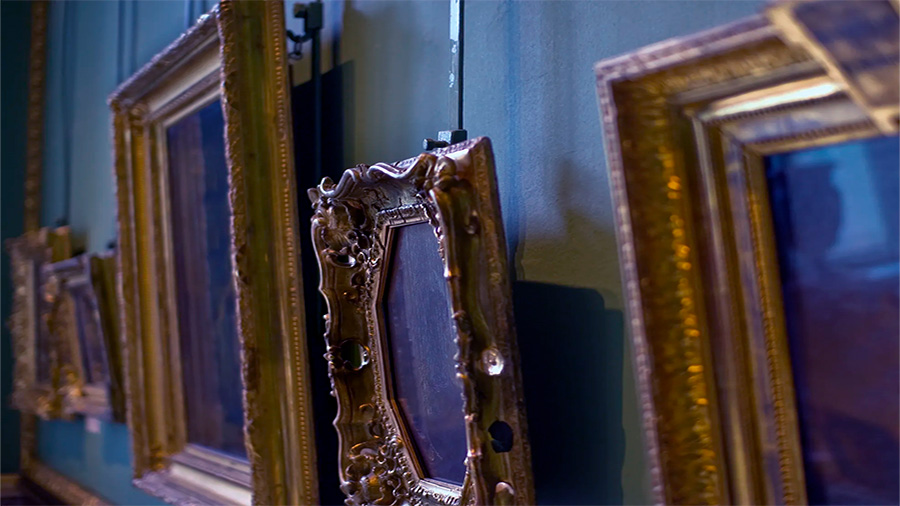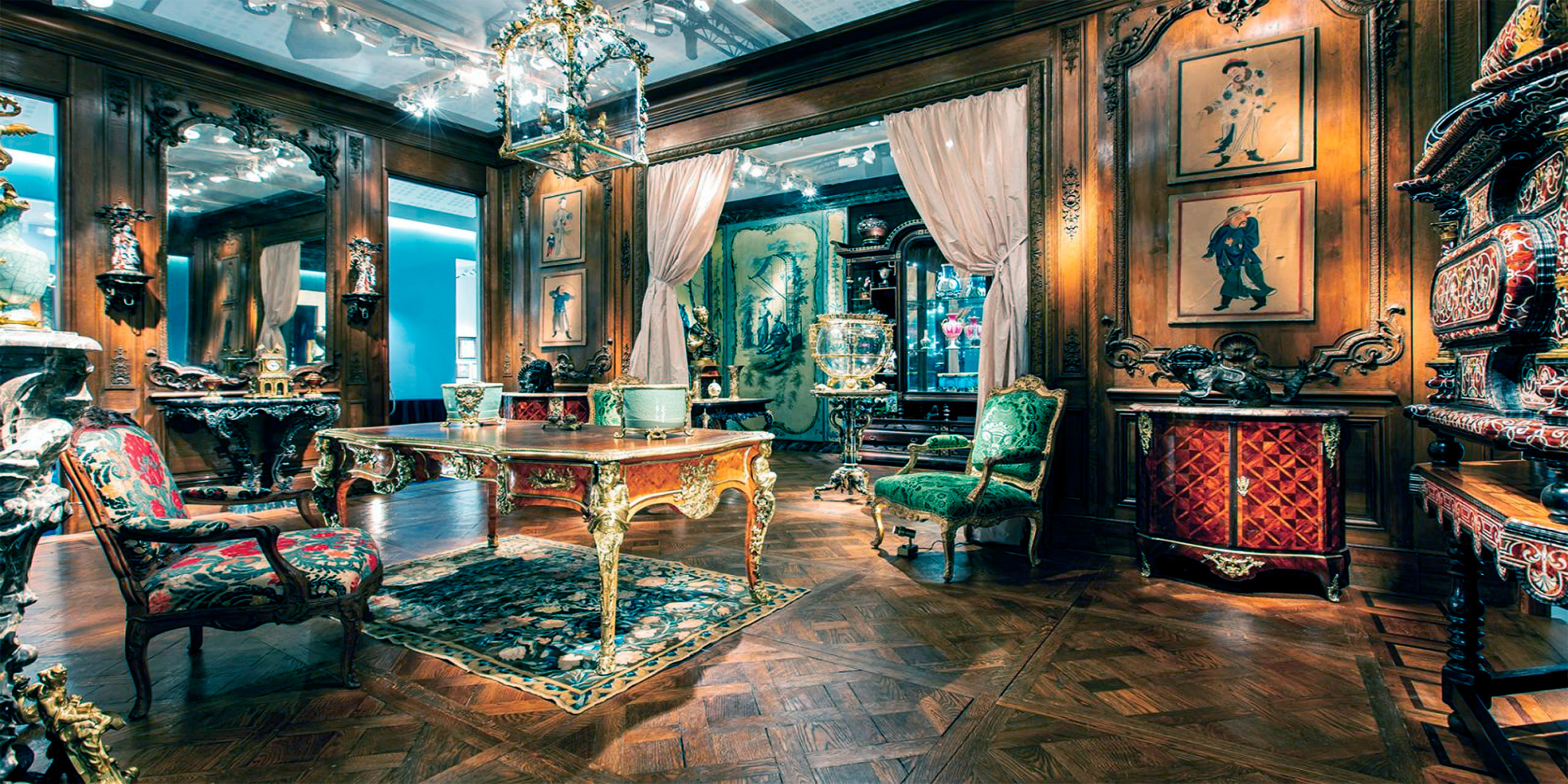Auctions have long been at the heart of the luxury market, playing a pivotal role in determining the value of art, antiques, and rare collectibles. These highly curated events connect passionate collectors, investors, and connoisseurs in a competitive environment where rarity, provenance, and historical significance reign supreme. Beyond setting record-breaking prices, auctions drive the market by creating transparency, showcasing exclusivity, and influencing global trends in the art and antiques world. This article explores how auctions shape the luxury market, the factors that influence bidding, and the broader impact of this dynamic sector.
The Appeal of Auctions in the Luxury Market
Auctions are more than just sales events; they are spectacles that capture the imagination of buyers and sellers alike. The combination of exclusivity, competition, and the allure of owning a piece of history makes auctions the ultimate marketplace for luxury items.
Creating Value Through Rarity
The scarcity of items offered at auctions is one of the primary drivers of their value. Rare paintings, one-of-a-kind antiques, and historically significant artifacts fetch premium prices because they cannot be easily replicated or found elsewhere. For example, Picasso’s artworks or Ming Dynasty porcelain pieces command astronomical prices due to their rarity and cultural importance.
Provenance and Authenticity
Buyers trust auctions because they often involve rigorous authentication processes. Provenance, or the documented history of an item, plays a crucial role in establishing its value. A clear lineage of ownership or association with notable figures adds prestige and legitimacy, boosting an item’s desirability. For instance, a piece once owned by royalty or a celebrity gains a unique appeal that elevates its market value.
Transparency and Trust
Auctions provide transparency by publicly showcasing bidding processes and final sale prices. This openness builds trust among buyers, ensuring they are paying fair market value for items. High-profile auction houses like Sotheby’s and Christie’s have established reputations for integrity, making them preferred venues for both sellers and buyers.
The Auction Process: A Catalyst for Competitive Bidding
At the core of every auction is the competitive bidding process, which not only determines the final price of an item but also creates a sense of urgency and excitement among participants.
Pre-Auction Marketing
Before an auction, extensive marketing campaigns generate buzz and attract potential buyers. Catalogs, previews, and private viewings allow bidders to evaluate items and prepare their strategies. Auction houses often leverage online platforms, social media, and industry events to maximize visibility and engagement.
The Role of Emotion in Bidding
Emotional factors significantly influence bidding behavior. The competitive nature of auctions often leads to “auction fever,” where bidders are willing to pay more than initially planned to secure a coveted item. The fear of losing out, combined with the prestige associated with winning, drives prices higher.
Online and Hybrid Auctions
Technology has transformed the auction industry, enabling online and hybrid events that expand accessibility and attract a global audience. Virtual bidding platforms allow collectors to participate from anywhere, increasing competition and driving up prices. These innovations have made auctions more inclusive while maintaining their exclusivity.

The Impact of Auctions on Art and Antique Values
Auctions serve as barometers for the luxury market, influencing trends, setting benchmarks, and establishing new records. The outcomes of high-profile sales often ripple through the industry, shaping perceptions of value and demand.
Establishing Market Trends
High-profile auctions often set the tone for what’s considered desirable in the art and antiques world. For example, the sale of digital artwork as NFTs (non-fungible tokens) at auction sparked a surge of interest in digital collectibles. Similarly, the resurgence of mid-century modern furniture in auctions has revived its popularity among interior designers and collectors.
Breaking Records
Auction records generate headlines and draw attention to specific artists, periods, or styles. When Leonardo da Vinci’s “Salvator Mundi” sold for $450 million at auction, it not only became the most expensive painting ever sold but also elevated interest in Renaissance art globally. Such sales create a ripple effect, increasing the value of similar works.
Creating Benchmarks for Valuation
Auctions establish benchmarks that influence pricing in private sales and galleries. The publicly disclosed prices of auctioned items serve as reference points, helping collectors and dealers gauge the market value of comparable pieces. This transparency ensures a level playing field for both buyers and sellers.
Investing in Art and Antiques Through Auctions
For investors, auctions present a unique opportunity to acquire assets that appreciate over time. Art and antiques are often viewed as tangible investments that diversify portfolios and provide protection against economic volatility.
Long-Term Value Appreciation
Many items sold at auctions, particularly works by established artists or artifacts with historical significance, increase in value over time. This appreciation is driven by rarity, demand, and cultural relevance. For instance, Impressionist and Modern art have consistently shown strong performance in the secondary market.
Diversification and Wealth Preservation
Art and antiques offer a hedge against inflation and economic downturns. Unlike stocks or bonds, these tangible assets retain intrinsic value, making them an attractive option for wealth preservation. Auctions provide a platform for acquiring these assets with verified authenticity and provenance.
Risks and Considerations
While auctions offer significant opportunities, they also come with risks. Fluctuations in market demand, changes in taste, and authenticity disputes can affect the value of purchased items. Investors should conduct thorough research, consult experts, and be mindful of auction fees and buyer premiums before participating.

The Role of Auction Houses in the Luxury Market
Auction houses are more than facilitators of sales; they are tastemakers, historians, and marketers that shape the perception and value of luxury items.
Curating Collections
Auction houses curate collections that highlight the cultural and historical significance of items. These carefully assembled catalogs not only attract buyers but also educate the public about the stories behind the pieces, adding to their allure.
Fostering Global Reach
Leading auction houses operate globally, connecting collectors and sellers from different regions. Their international reach expands the market for art and antiques, fostering cross-cultural appreciation and driving demand.
Setting Ethical Standards
Auction houses play a critical role in promoting ethical practices in the luxury market. By verifying provenance and ensuring compliance with regulations, they protect cultural heritage and maintain market integrity.
The Future of Auctions in the Luxury Market
The auction industry continues to evolve, embracing technology and adapting to changing consumer preferences. Online auctions, virtual reality previews, and AI-driven analytics are shaping the future of the luxury market.
Digital Transformation
The integration of digital tools is enhancing the auction experience, making it more accessible and interactive. Virtual reality previews allow bidders to explore items in immersive detail, while AI algorithms provide personalized recommendations based on buyer preferences.
Focus on Sustainability
Sustainability is becoming a key consideration in the luxury market. Auction houses are increasingly highlighting eco-friendly practices, such as promoting vintage and second-hand luxury items, to appeal to environmentally conscious buyers.
Expanding Diversity
The luxury market is witnessing a growing interest in diverse artists and cultures. Auctions are spotlighting underrepresented creators and regions, broadening the scope of collectible art and antiques.
The Conclusion
Auctions play a vital role in the luxury market, driving value, shaping trends, and fostering a deeper appreciation for art, antiques, and rare collectibles. They serve as platforms for transparency, competition, and innovation, connecting passionate collectors with exceptional items. As technology and consumer preferences evolve, auctions will continue to adapt, maintaining their position as a cornerstone of the luxury industry. Whether you’re a seasoned collector or a first-time bidder, the auction world offers an unparalleled opportunity to own pieces of history while engaging with a vibrant and dynamic market.

